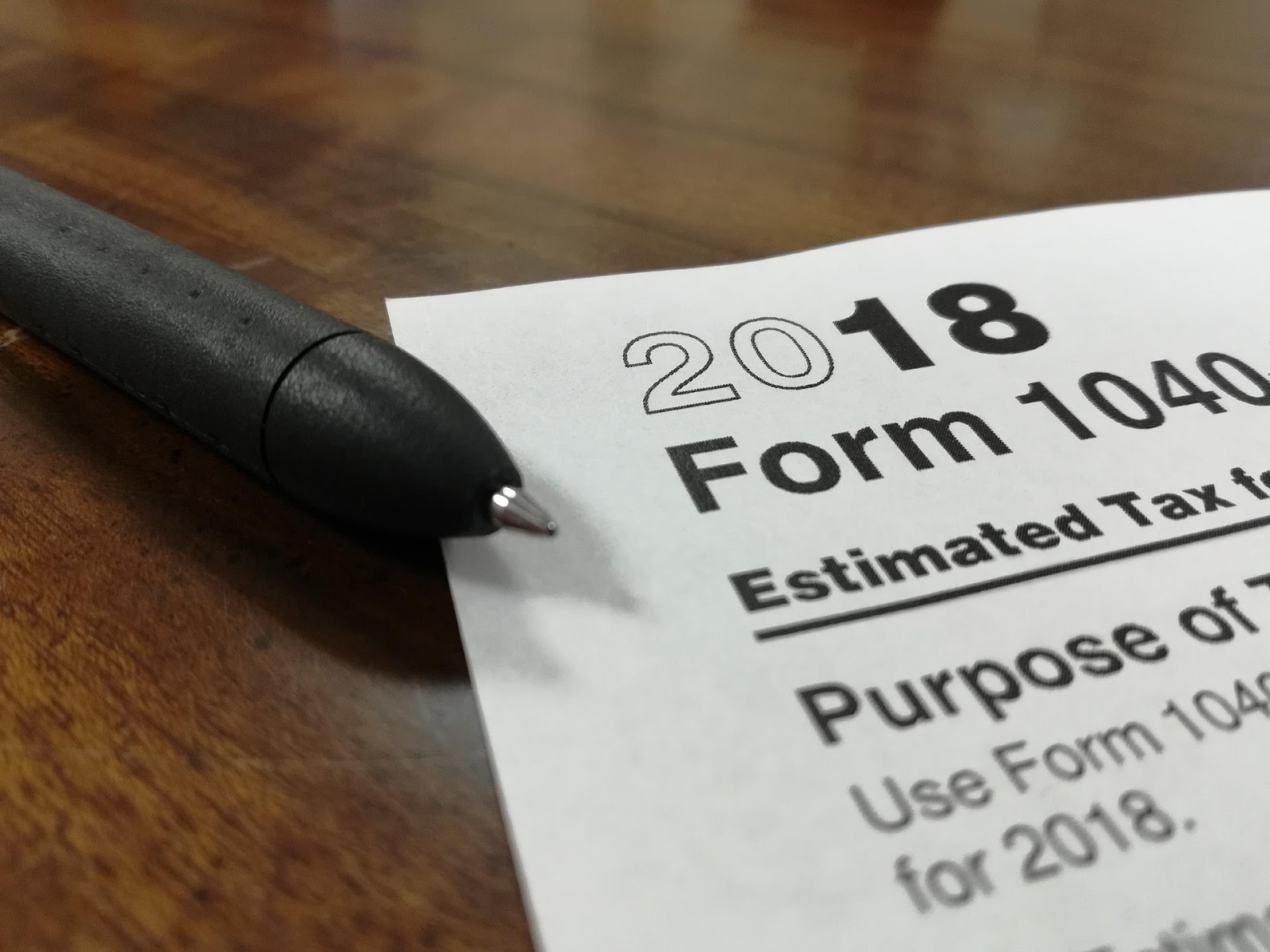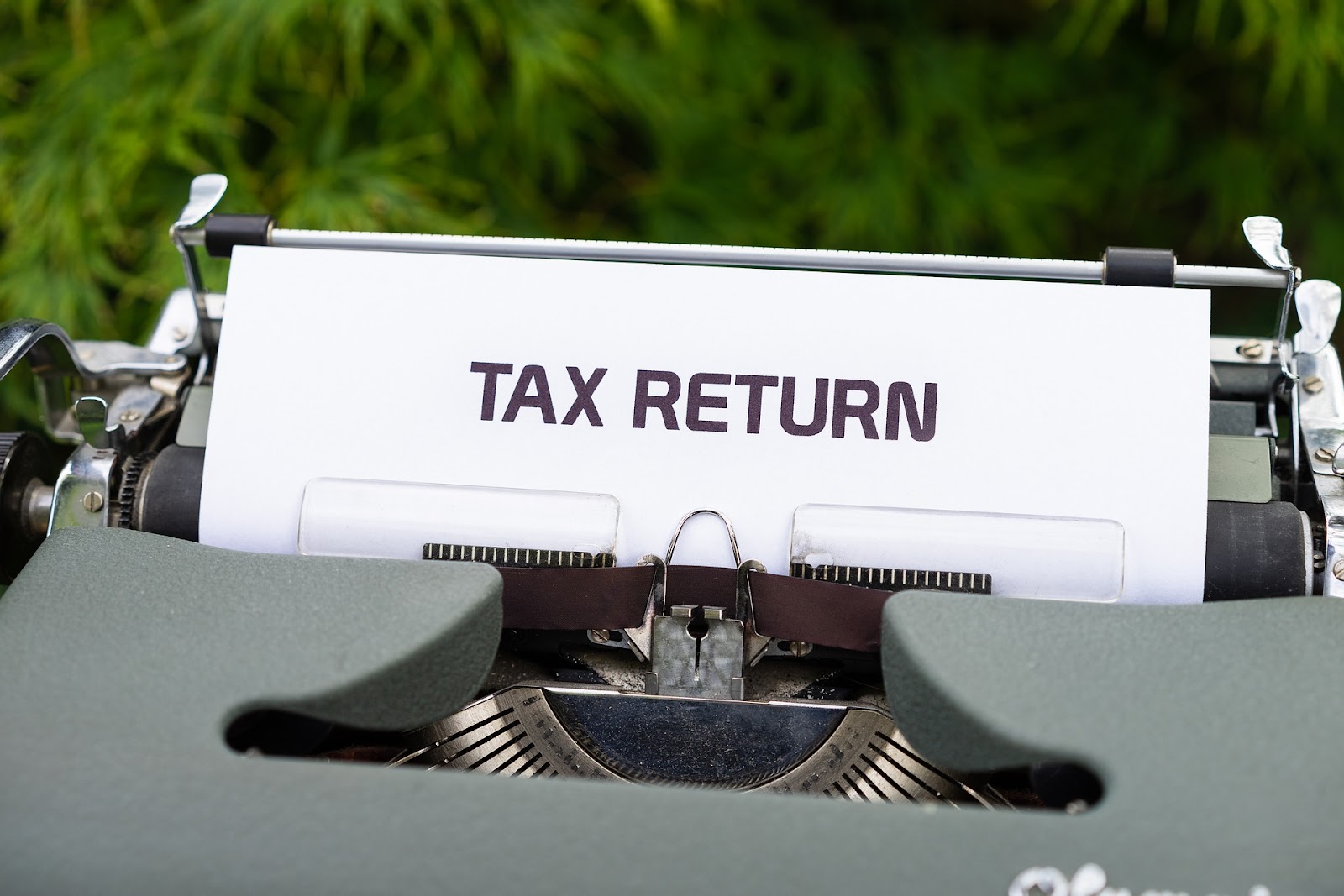Explore your options
Get a 100% confidential and complimentary business valuation.
This material has been prepared for informational purposes only, and is not intended to provide, and should not be relied on for, tax, legal or accounting advice. You should consult your own tax, legal and accounting advisors before engaging in any transaction.
In our experience facilitating the sale of businesses, we’ve come to understand that tax planning is one of the biggest stumbling blocks for sellers. So much so, in fact, that even seasoned entrepreneurs tend to get stuck - despite their extensive experience in filing their company’s state tax, federal income tax, and corporate tax returns.
While you might, for instance, be familiar with the whole idea of capital gains tax, trouble sets in when it comes to applying it to the business sale context.
The issue is, the IRS has a rather unique way of viewing and handling capital gains tax on the sale of a business. Then to further complicate matters, the tax laws themselves are not uniform across the board. You’ll notice that your final tax bill depends on not only the amount of taxable income, but also the structure of the business sale, your purchase price allocation, the company’s ownership history, the type of entity registered, and more.
While you should pull in a tax professional, or CPA accountant before you make any irreversible decisions, we’ve simplified the technical bits here to give you all the basic facts about the capital gains tax charges on your business sale. And we’ll also get into five tactics that can help you methodically minimize tax rates on your business sale.
Does The IRS Charge Capital Gains Tax On The Sale Of A Business?
First things first - the answer is yes, the IRS does indeed charge capital gains tax on the sale of a business. This is just one of the standard taxes that you should expect to pay from your business sale price.

IRS levies capital gains tax on the sale of a business.
Make no mistake about it, though. The capital gains tax here doesn’t follow the same rules as ordinary income tax. While the latter is typically levied on the gross income or profits that you happen to generate from your business, capital gains tax is only charged on the net value attained since you acquired the business.
If, for instance, you manage to purchase company stock for $20,000 and then later sell it for $30,000, you’ll have made a capital gain of $10,000. This is what the IRS considers as the taxable income when working out the capital gains tax on your business sale.
But, it doesn’t end there. Business sale capital gains tax, as it turns out, isn’t just about stock sales. Even the sale of assets tends to attract more or less the same tax consequences.
This is particularly common for transactions involving a sole proprietorship. Since such entities don’t naturally come with stocks, the capital gains tax is charged directly on the net investment income made from the sale of the individual business assets.
What this means is, the IRS won’t treat your small business as a single transferable capital asset. It, instead, sees every sole proprietorship as a stockpile of multiple smaller assets that can be sold separately.
And there are no exceptions. The IRS takes into account the tax basis of both tangible and intangible assets. That includes real estate, collectibles, machinery, property leases, copyright, patents, trademarks, goodwill, furniture, etc. Any value depreciation here is written off as a capital loss, while an appreciation translates to potentially taxable capital gains.
This system, however, is not exclusive to sole proprietorships. It’s also applied to the C Corporations that choose to deal in asset sales instead of stock sales. The IRS simply charges capital gains tax based on the net value of each traded asset.
If you’re trying to sell a partnership business, though, you might want to rework the approach. You can save yourself the trouble of allocating a sale price for each partnership asset and, instead, transfer your entire partnership portion as one capital asset. That means that, in the end, you’ll be filing for capital gains tax based on the purchase price, along with the partnership’s corresponding adjusted basis.
What Are The Capital Gains Tax Rates On The Sale Of A Business?
As we’ve established already, the tax rates on capital gains are not the same for all business sellers. The percentages that you’ll find on your tax bill depend largely on how long you’ve been holding the business.

Working out your capital gains tax rates.
You see, the tax rates on capital gains are strategically structured to encourage long-term investment. As such, you’ll notice that the longer you manage to hold the business, the better your tax rates will be when it comes time to sell the company.
Someone who chooses to sell off within the first twelve months, for instance, is placed under what is known as the short-term capital gains category. This is where you pay your capital gains taxes at the same rate as your ordinary income.
More specifically, business sellers in the lowest tax bracket are charged 10% on their short-term capital gains. The next bracket pays 12%, followed by 22%, 24%, 32%, and 35%, with 37% being the highest.
To escape that trap, you’ll have to postpone the business sale by at least one year from its acquisition date. This would qualify you for a long-term capital gains tax rate - which should be lower than the ordinary income tax rate that you’d, otherwise, be charged on your short-term capital gains.
For example, if you happen to fall under the 37% ordinary income tax bracket, the IRS will levy a tax rate of about 20% on your capital gains. Then for taxpayers in lower tax brackets, the long-term capital gains tax rates could drop to 15% or, in some cases, even as low as 0%.
How To Offset Capital Gains Tax On The Sale Of Your Business
The good thing about the capital gains tax laws is, they’re not very restrictive. You can legally qualify for huge tax deductions or, even better, eliminate all the capital gains taxes on the sale of your business.
Here are 5 effective ways to do so:
#1. Hold Off On The Business Sale For At Least One Year

Pick long-term over short-term capital gains.
Don’t be quick to sell a stable business. If it has been performing well, you might want to hold on to it for at least one year before selling its assets or stocks.
This would save you the agony of paying short-term capital gains taxes at the same rate as your ordinary income taxes. By crossing the 12-month mark, you’ll be automatically elevated to the long-term capital gains level, which should translate to a much lower tax rate.
#2. Sell Your Corporation To Its Employees
For business owners who intend to sell some of their C Corporation stocks, it’s always advisable to start the buyer search at home before expanding to external markets. You could, for instance, set up an Employee Stock Ownership Plan to offer your own staff the chance to acquire a stake in the company.

Offer employees ownership stake.
ESOP, as it’s popularly known, is essentially a benefit plan that allows employees to acquire an ownership interest at a nominal rate. Then in return, employers who implement the program get to qualify for various forms of tax deductions from the IRS.
It’s possible, for example, to completely defer taxes on the capital gains that you make from the sales. You just need to channel the funds to a diversified portfolio, and the IRS will keep off your capital gains.
#3. Transfer The Business Through A CRT
Another IRS-sanctioned provision that you might want to consider for tax purposes is CRT - or a Charitable Remainder Trust in full.
This is a special tax-free trust that entrepreneurs commonly use to reduce different forms of tax liability. And the reason is, it just so happens that IRS writes off taxes on proceeds gained under CRTs - including capital earnings from the sale of appreciated assets and business interests.

Minimize tax liability with a CRT.
There’s just one caveat, though. To be exempted from the capital gains taxes, it’s the CRT that should act as the business seller. That means that you ought to register one and then transfer your business ownership and assets to its portfolio.
#4. Process The Payments In Spaced Out Installments
When it comes to the sale of businesses and assets, it’s not always a good idea to receive the payment as a single lump sum. Such a huge transaction could potentially elevate you to a higher tax bracket, which would then bump up your tax rates.
Consider, for instance, being elevated from the 10-12% income tax bracket to maybe 20% or so. This move alone could raise your long-term capital gains tax rate from 0% to 15%. And if you’re dealing with short-term gains, you might end up paying almost double the original tax rates.

Determining the best schedule for installments.
You can avoid all that by simply spreading out the payments across several tax years. The trick here is to structure the transaction as an installment sale, and then proceed with a regular payment schedule.
This should regulate your tax returns - as you won’t have any huge transactions standing out in your IRS forms.
#5. Review The Business Asset Classes As You Allocate Your Purchase Price
The IRS, as it turns out, doesn’t treat all the business assets equally. It has, instead, categorized them into seven asset classes - each of which comes with its own guidelines for acquisition, fair market value allocation, and taxation.
Cash and deposits, for example, are placed in Class 1, actively-traded personal property in Class 2, accounts receivable in Class 3, inventory in Class 4, property and equipment in Class 5, intangible assets in Class 6, while Class 7 holds goodwill and the likes.
How you choose to allocate the business purchase price between these assets will dictate not only the purchase price, but also the subsequent capital gains, capital losses, and tax rates.

Allocate the purchase price based on the asset classes.
For increased tax savings, your price allocation should prioritize the asset classes that attract long-term capital gains tax rates - while things like inventory ought to be less influential since their proceeds are treated as ordinary income.
Over To You
These pointers should give you the much-needed head start when you want to minimize capital gain tax on your business sale.
But, don’t leave it at that. To streamline your business sale taxes more effectively, you might want to seek guidance from a professional tax advisor. At least they have the technical knowledge to follow up on even the smallest issues that you might miss.
Then for the strategic business sellers who’d still want to take it up a notch, Beacon offers the full package of specialized tools, resources, and services. We won’t just help you with the taxes - you’ll have access to a range of business-optimized tools, a tech-enabled marketplace for selling the business, and a team of seasoned business brokers.
While you sit back and plan your exit, we’ll value your business, review qualified buyers, as well as assist you with the due diligence, and the closing of the deal.
Get started today with a complimentary valuation.
Explore your options
Get a 100% confidential and complimentary business valuation.

Davis Porter is an extensively published business author who, for over a decade now, has deeply specialized in B2B commerce, finance, digital marketing, and business tech. While he was always intrigued by the intricacies of entrepreneurship, it is his Business Management degree that ultimately sparked his burning fascination for examining and resolving incessant challenges in business/finance.
Information posted on this page is not intended to be, and should not be construed as tax, legal, investment or accounting advice. You should consult your own tax, legal, investment and accounting advisors before engaging in any transaction.

Calder Capital

Sam Domino


